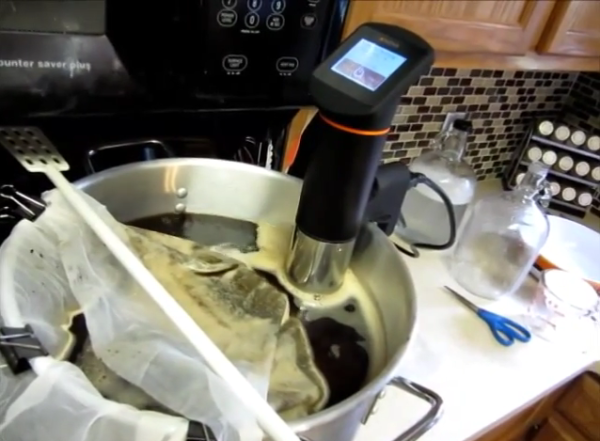Sitting on the beach, finishing off a beer one day, [Rulof] realized that if he put a motor in the beer bottle with a propeller at the bottle’s mouth, he could attach the result to his leg and use it to propel himself through the water. Even without the added bonus of the beautiful Mediterranean waters through which he propels himself, this is one hack we all wish we’d thought of.
These particular beer bottles were aluminum, making cutting them open to put the motor inside easy to do using his angle grinder. And [Rulof] made good use of that grinder because not only did he use it to round out parts of the motor mounting bracket and to cut a piston housing, he also used the grinder to cut up some old sneakers on which he mounted the bottles.
You might wonder where the pistons come into play. He didn’t actually use the whole pistons but just a part of their housing and the shaft that extends out of them. That’s because where the shaft emerges from the housing has a water tight seal. And as you can see from the video below, the seal works well in the shallow waters in which he swims.
Continue reading “Leg Mounted Beer Bottles For Underwater Propulsion”





 So you have a credit card sized Linux computer and a small, old LCD panel. If it doesn’t have HDMI, VGA or composite input, there’s probably no way of getting this display working, right? Nope.
So you have a credit card sized Linux computer and a small, old LCD panel. If it doesn’t have HDMI, VGA or composite input, there’s probably no way of getting this display working, right? Nope. 













